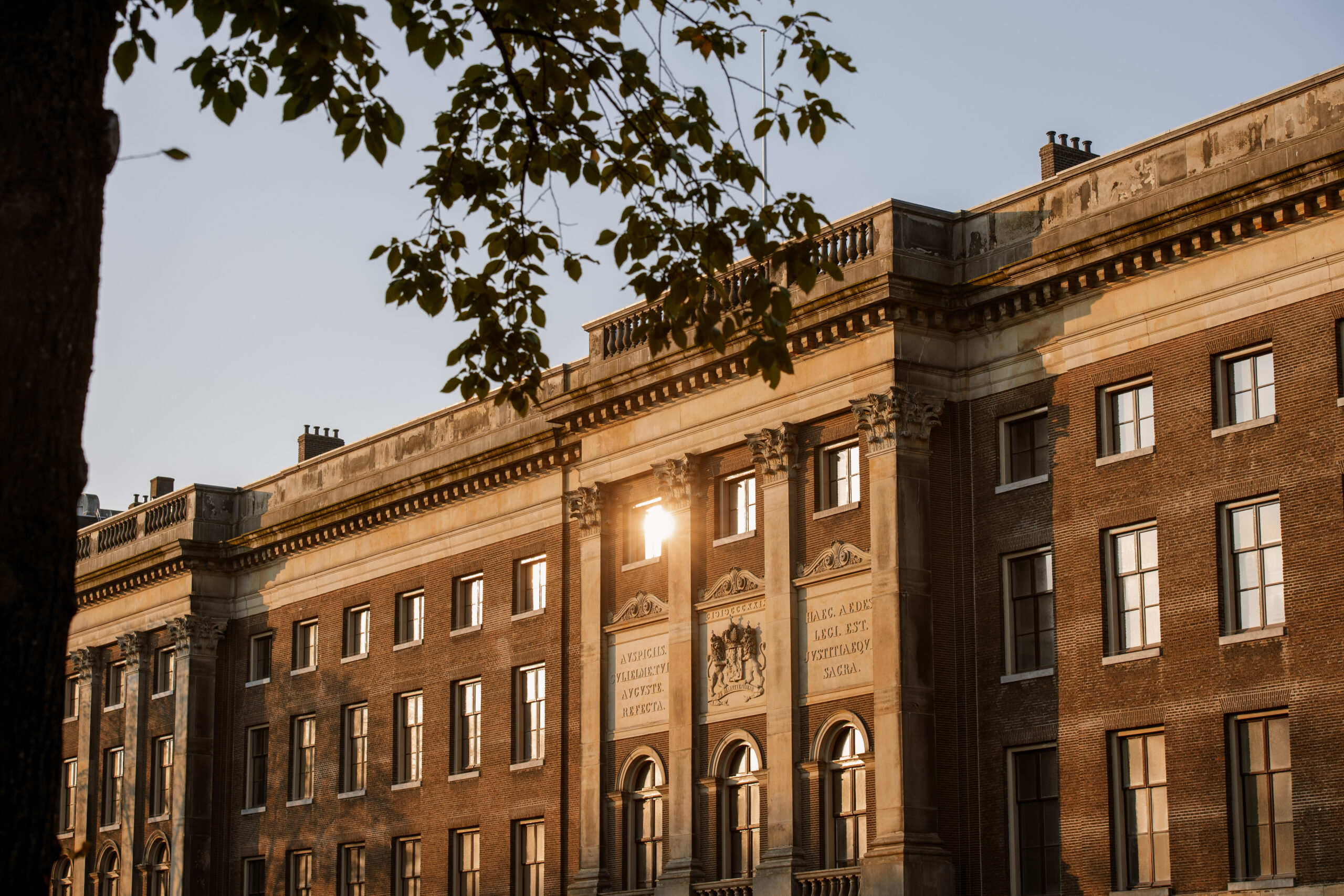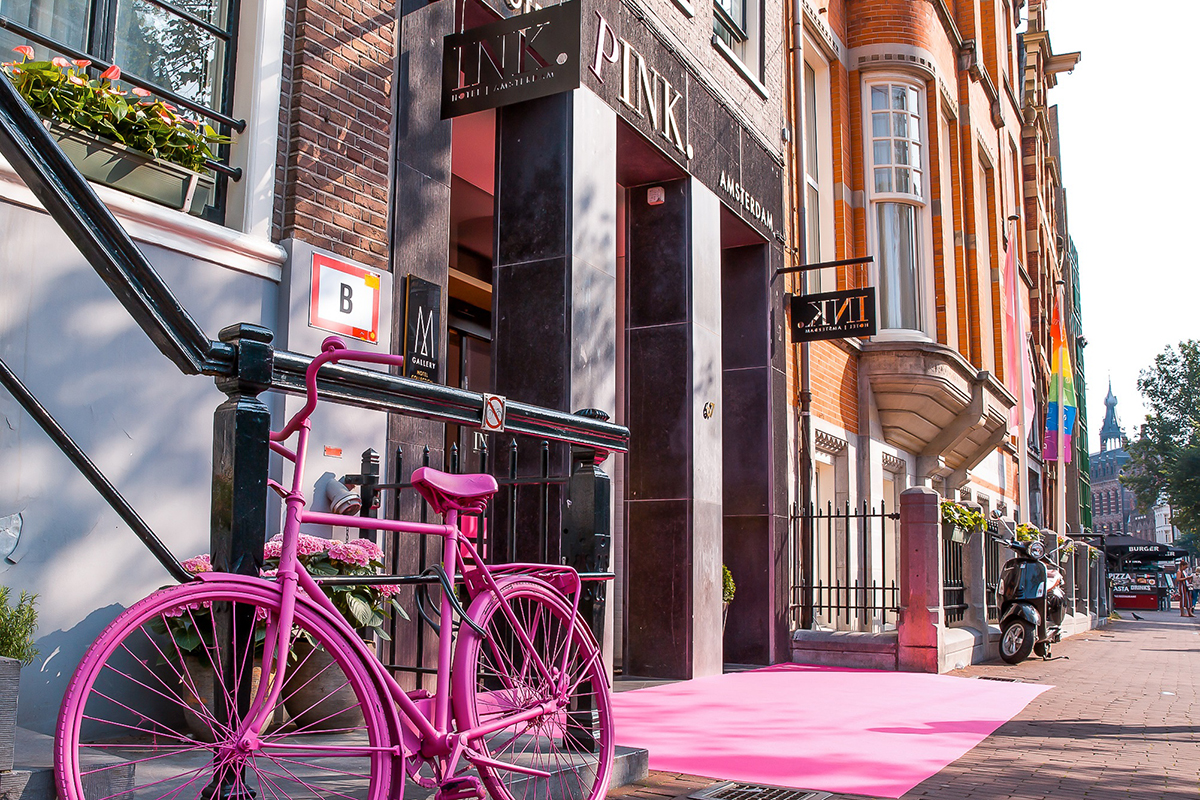
Trends in the culinary world: what do diners want?
'Being honest and having a nice chat about food together'
As owner of hotel-restaurant 't Lansink in Hengelo with one Michelin star, Lars van Galen gives an insight into the world of hotel kitchens from his expertise. What are the differences between hotel kitchens and Michelin kitchens? According to van Galen, there are few: "Ultimately, you just have to listen very carefully to your guests. Because based on their wishes, you develop a clear vision for your hotel restaurant."

"We have a boutique hotel with 25 rooms. Of course, that is very different from a larger hotel with 100 or 200 rooms. But at its core, it is always the same: your guests come to your hotel and restaurant to sleep, eat and enjoy themselves." The business market is very different, though. "Our business guests actually only come for a quick meal. At the end of the day, as a hotelier or restaurateur, you just have to be open to the wishes of your guests."

Yet in practice, there are differences between a hotel kitchen and Van Galen's kitchen. "We have a restaurant and along with it we happen to have a hotel with some rooms. That's nice, because then guests can have a nice evening and stay overnight afterwards. A real hotel kitchen is focused on more volume, and that's obviously not us."
Around the table with the chefs
Van Galen responds to his customers' feedback by sitting down with his chefs. "You have to be guest-oriented in this world. If guests suddenly want something different, you have to respond to that." This goes both ways. On the one hand, guests naturally have certain requirements you have to meet as a restaurant, but there are also broader trends that Van Galen recognises.
"We see almost all restaurants trying to work towards one menu. That makes for much less waste. We don't work with a fixed menu, but focus on local products. That feels like a logical solution to me. If you work with one menu, you have to be sure you can still offer guests everything. From guests who come to enjoy a culinary experience at the weekend to business guests who want a business dinner."

"What I also see as a trend is that people are more interested in longer menus. Since corona, people are really going faster for a 6- or 7-course menu. That way they can enjoy it longer. In combination with a nice overnight stay, you then turn it into a whole experience. I also notice that people are quicker to just stay in the Netherlands for fine dining and a night out."

Terribly delicious
No matter which restaurant you are cooking in, ultimately the guest's judgement is key. "And they have to find it just terribly tasty. But that's really not just about the taste. The layout of the plates, the attention you pay to the tables and nice extras. We now work with shaved ice that we prepare at the table, which people remember. We also explain the food, because it feels special when the chef comes to the table."

Such an intensive way of working is difficult to combine with the current staff shortage, but Van Galen sees solutions for that too. "Positivity! People have to be happy with their work, otherwise they will leave. For me, that means being honest with my people and sparring nicely together about food. That also makes it fun."
In this, Van Galen makes no distinction between his chefs or apprentices. "Nobody makes a dish on their own. If an apprentice comes up with a good idea, we just go with it. Tasting together until it's good and everyone is behind it. That way, everyone is involved in the menu and that's how you create that positivity. How cool is it when you get something on the menu as a student?"



